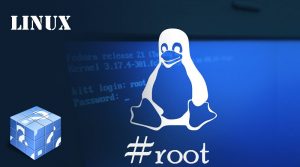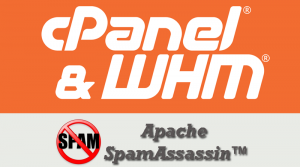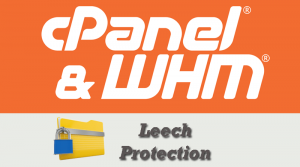Apache handlers control how your Apache web server software that host your site to manages certain file types and file extensions.
Apache can accept and route specific traffic to certain ports and domains based on specific address-port combination requests. By default, Listen runs on port 80 but Apache can be bound to different ports for different domains, allowing for many different websites and domains to be hosted and a single server.
Apache Web server can handle CGI scripts and server-parsed files. The file extensions for these files include .cgi, .pl, .plx, .ppl, .perl, and .shtml. If you also wanted to process files that have .script extensions as Perl files, you could set up a custom Apache handler for your site.
The difference between MIME Types and Apache handlers. MIME types instruct the browser how to process files, whereas Apache handlers instruct the web server how to process files.
Main Features of Apache Web Server
- Handling of static files
- Loadable dynamic modules
- Auto-indexing
- .htaccess
- Compatible with IPv6
- Supports HTTP/2
- FTP connections
- Gzip compression and decompression
- Bandwidth throttling
- Perl, PHP, Lua scripts
- Load balancing
- Session tracking
- URL rewriting
- Geolocation based on IP address
How to Add Custom Apache handler
- Login to your cPanel control panel.
- From home cPanel dashboard page locate Advanced section and click Apache Handlers icon.
- From Apache Handlers Page under Create an Apache Handler enter the followings:
- Handler:Enter the handler name in the Handler text box.Please note that Apache handler names must include a hyphen (for example, handler-customname)
- Extension(s):Enter the file extension or extensions that you want to be processed by the handler. You should add period (‘.’) before the extension name.To add more than one extension enter Space-separate between multiple extensions (for example, .cgi .pl .ppl).
- Click Add button.
From this Page you can view the System Apache Handlers that supported by web server Apache.
Please note that Adding custom Apache handlers can cause unintended effects.
How to Delete User Defined Apache Handlers
- Login to your cPanel control panel.
- From home cPanel dashboard page locate Advanced section and click Apache Handlers icon.
- From Apache Handlers Page under Create an Apache Handler table you can choose the user custom Apache handler that you added and from the action column click Delete link to remove the Apache handler.And click Delete Handler confirm button to remove permanently the Apache handler.





